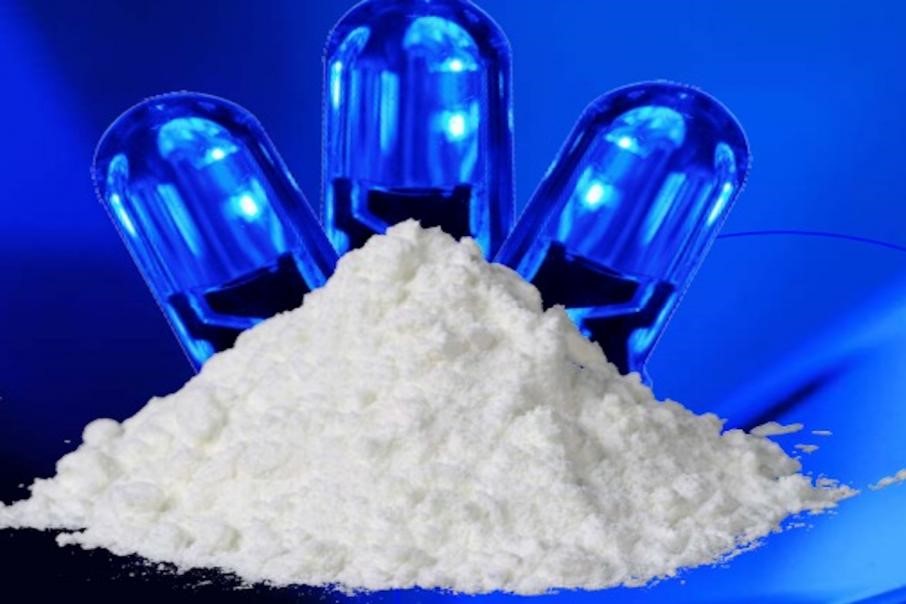
High Purity Alumina Market Set to Grow at a Remarkable 23% CAGR Through 2030
Share

The global High Purity Alumina Market is projected to experience a strong compound annual growth rate CAGR of 23% by 2030, according to a new research report by Next Move Strategy Consulting.
Start with a FREE Sample – Download Now!
High purity alumina, a non-metallurgical alumina with a purity of 99.99% or higher, is essential for producing high-performance electronic and automotive components. This ultra-pure material is manufactured through advanced processes such as alkoxide, thermal decomposition, chlorine hydrolysis, and the modified Bayer process. With its remarkable properties—such as excellent thermal conductivity, high melting point, chemical stability, and high mechanical strength—HPA is ideal for applications in LED lights, semiconductors, plasma display screens, and lithium-ion batteries.
The growth of the High Purity Alumina market is primarily driven by the increasing use of electronic devices like smartwatches and optical lenses, as well as the rising adoption of electric vehicles (EVs), which are fueling demand for lithium-ion batteries. This surge in demand is expected to significantly contribute to the market's expansion.
Market Segmentation Overview:
The High Purity Alumina market is segmented based on type, technology, application, and geography:
- By Type: The market is divided into 4N, 5N, and 6N high purity alumina.
- By Technology: The market is classified into hydrolysis and hydrochloric acid leaching technologies.
- By Application: Key applications include LED bulbs, semiconductor substrates, Li-ion batteries, optical lenses, biomedical devices, and others.
- By Geography: The market is divided into North America, Europe, Asia-Pacific, and the Rest of the World (RoW).
Regional Insights:
Asia-Pacific currently dominates the High Purity Alumina market, driven by the growing use of LED-based lighting and the increasing adoption of lithium-ion batteries in countries such as China, India, and South Korea. China, in particular, is a major player in the LED lighting industry, with a high demand for products like light-emitting diodes (LEDs), compact fluorescent lamps (CFLs), electrodeless discharge lamps (EDLs), and organic light-emitting diodes (OLEDs). However, North America is expected to witness rapid market growth, owing to the increasing adoption of HPA in the electronic industry and the development of high-end technological products.
Challenges and Opportunities:
Despite its promising growth prospects, the High Purity Alumina market faces challenges related to the availability of substitute materials such as copper, brass, and silver, as well as limited knowledge of HPA production techniques. These factors may hinder widespread adoption. However, the continued advancement in production technologies and the growing demand for high-performance electronics and energy storage systems present significant opportunities for market players.
Conclusion:
The High Purity Alumina market is poised for significant growth, driven by increasing demand for LED lights, lithium-ion batteries, and high-tech electronics. While Asia-Pacific currently holds the largest share, North America is expected to see rapid growth in the coming years. The growing applications of HPA in electronics, automotive, and energy sectors will continue to propel market expansion. Addressing challenges such as substitute materials and production knowledge will be key to unlocking the full potential of this high-growth market.